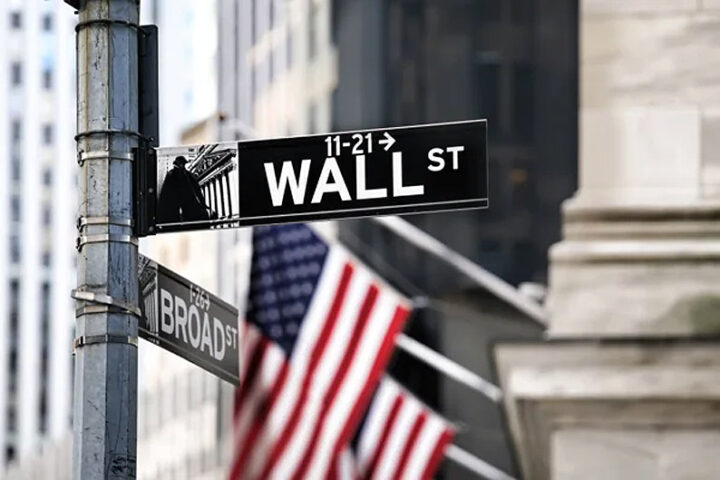.
By Oren Laurent
President, Banc De Binary
June NFP figures surprise analysts and traders
On Friday, July 8, US nonfarm payrolls data revealed that 287,000 jobs were added for the month of June. This marks a sharp uptick from the May figure of just 11,000 jobs. Recall that jobs numbers for May were revised sharply lower following the Verizon Communications strike which ‘removed’ tens of thousands of workers from the official data. The consensus forecast for June 2016 was 175,000 new jobs in nonfarm payrolls, but the additional 112,000 jobs defied those forecasts as strong employment prospects were evident in multiple sectors including the following: 58,000 new jobs in social assistance and health care, 59,000 new jobs in hospitality and leisure, 44,000 new jobs in information (Telecom), professional business services added 38,000 jobs, and retail trade increased by 30,000. There were some declines in nonfarm payrolls and they came in the mining sector with job losses of 6,000 people. The average hourly earnings for employees across the board increased by $0.02 to $25.61. This was preceded by a 6% hike in payroll in May 2016.
Solid Performances in Equities Markets Across the Board
Owing to these results, Wall Street rallied on Friday, 8 July, as did the demand for government bonds. The strong gains on Wall Street were surprising given the extreme volatility as a result of the June 23 Brexit referendum. The S&P 500 index gained 1.53% or 32 points to close at 2,129.90, the Dow Jones Industrial Average gained 1.40% to close at 18,146.74, and the NASDAQ composite index gained 1.64% to close at 4,956.76, up 79.95 points. Across the Atlantic in Europe, there were positive changes on major indices. The Ibex 35 index gained 2.22% to close at 8,185.90, the Euro Stoxx 50 PR gained 2.08% to close at 2,838.01, up 57.91 points. The French CAC 40 index gained 1.77% to close at 4,190.68, the FTSE 100 index was up 0.87% at 6,590.64 and the German DAX index gained 2.24% to close at 9,629.66.
Demand for US government bonds moved in lockstep with equities markets on Wall Street. Investors have been flocking to safe-haven assets in the form of bonds, gold, and other fixed-interest bearing securities. US government bonds are roundly regarded as the preferred investment option during times of high volatility. When the bond price is high, the yields are driven lower. We are now in a period of extremely low yields on government bonds, and prices are at premium levels. In fact, US government bonds now yield just 1.366%. The fact that we are seeing an uptick in equities markets and government bonds is bizarre. It may even appear to be paradoxical, but there is a clear reason for this. The US economy is proving to be resilient in the face of growing global economic uncertainty. As such, US markets are rallying. At the same time, we have pervasive uncertainty as a result of the Brexit vote. This is driving traders and investors towards government bonds. In Japan for example, government bonds have become so popular that the yields are now negative. In the US, yields are being driven ever closer to 0% as demand increases.
US corporate earnings are bang on target, and this is reflected in share prices which are generally growing on Wall Street. We then have a unique set of circumstances developing in the form of central bank policies with negative interest rates becoming common. This is already true across Europe and in Japan. This effectively puts a damper on the Fed’s desire to raise interest rates. And with no interest rate hikes forthcoming, stock markets in the US tend to flourish. It should be remembered that interest-rate hikes are bad news for equities markets because they indicate higher costs of borrowed capital. This results in lower profits for listed companies and generally get passed on to the consumer in the form of higher prices. As such, a gradual approach to rate hikes bodes well for Wall Street. Now, investors in the US have access to relatively cheap capital without the threat of rising costs. This acts to spur economic growth and boost overall job prospects.
Pervasive Negative Yields on Government Bonds
Nowadays, an estimated 33% of all government bonds issued have negative yields. More importantly though the current prospects for the global economy are grim. Most government bonds simply pay little or nothing, other than acting as a store of value. Remember that inflation is generally not a hotbed issue during recessionary times and for this reason yields on government bonds are low. Owing to the fact that government bonds are offering such low yields, stocks invariably look far more attractive to investors. Recall that prices have come down markedly with stocks, bringing greater value into the equation as well. It is counterintuitive that the bond market is moving in parallel with stocks, given that they typically move in opposite directions. But this short-term trend was given impetus by the nonfarm payroll jobs report on Friday.
It is not every day that the yield on the 10-year Treasury dips lower on the same day that the S&P 500 index rises. Most of this is due to the extreme volatility generated by the UK referendum on Thursday, June 23, 2016. By the close of day on Friday, bond yields for 10-year Treasuries were 1.366% while the S&P 500 index closed up at 2,129.90. The jobs figures were the best since October 2015, as per the Labor Department. According to government statistics, the unemployment rate in the US remained steady at 4.9%, slightly higher than the May figure of 4.7%. The unemployment rate is calculated from respondents (US households). In May 2016 the unemployment rate was hovering around 5%, but since then it has inched closer towards the Fed’s targeted unemployment rate.
Earnings Reports Expected in Mid-July
The LFPR (Labor Force Participation Rate) inched higher to 62.7%. Wages have also been rising owing to the smaller number of applicants looking for work. With employers now competing with one another within the same pool of employees, upwards pressure on wages is taking place. The Fed has been stressing the importance of improved US economic conditions as a prerequisite for raising interest rates. Now that jobs growth is so bullish and the performance of US companies is equally positive the prospect of rate hikes later in 2016 seems all but assured. US equities markets have had a seesaw year in 2016, but they have made strong gains in Q2 2016 and these look set to continue moving forward. Sharp losses were incurred in the run-up to the Brexit referendum, and in the aftermath. But US markets have shown their resilience by erasing most of the losses in recent weeks. By mid-July, we will start to see Q2 earnings reports being released. Some of the first big-name companies slated to release their earnings figures include JPMorgan Chase & Co and Alcoa Inc.
Note that this column does not constitute financial advice.
www.bancdebinary.com







